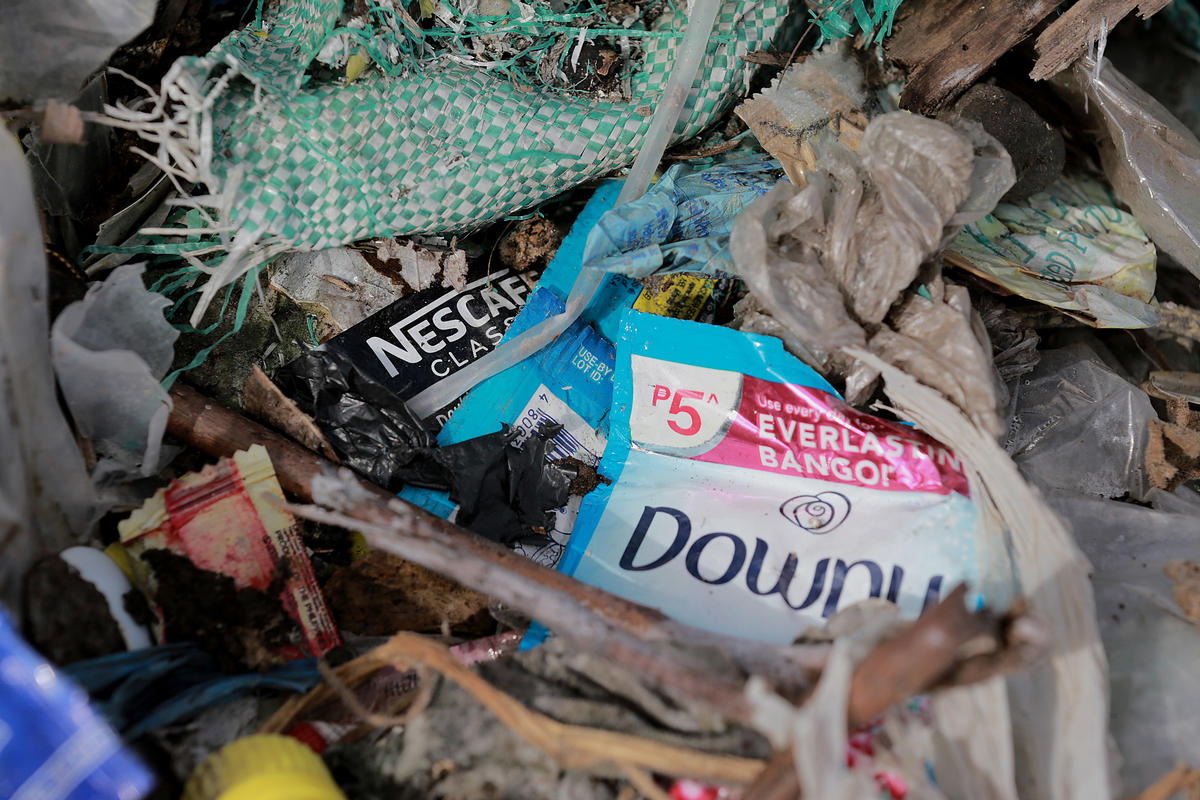
Discarded packaging from Nestlé and Proctor & Gamble are seen at a pile of trash at a dumpsite in Dumaguete City, Philippines. Nestlé and Unilever were found to be the two worst plastic polluters in the Philippines in a series of audits detailed in a report published today by GAIA. © Anonymous
It’s one thing to talk about the plastics pollution crisis, but witnessing it first-hand, standing on it, smelling it, and talking to the communities that have to live next to it, is indescribable.
Southeast Asia is often blamed for the global plastic pollution problem. But these photos expose a hidden truth: the plastic waste that ends up here has primarily been produced in places like Europe and in North America.
In a report published today by the Global Alliance for Incinerator Alternatives (GAIA), Nestlé and Unilever were found to be the top sources of plastic pollution in waste audits done in the Philippines. These and other big corporations are causing communities in countries like the Philippines to be used as a dumping ground through the global waste trade.
Corporations have created a #plasticmonster and they need to take responsibility for it. We need these corporations to take bold and immediate action to phase out single-use plastics for the sake of impacted communities.
While corporations talk, heroes like Froilan Grate and Merci Ferrer are working every day to tackle the plastic pollution crisis with real solutions in the Philippines. I am grateful to have the opportunity to work alongside them as partners in the #BreakFreeFromPlastic movement.
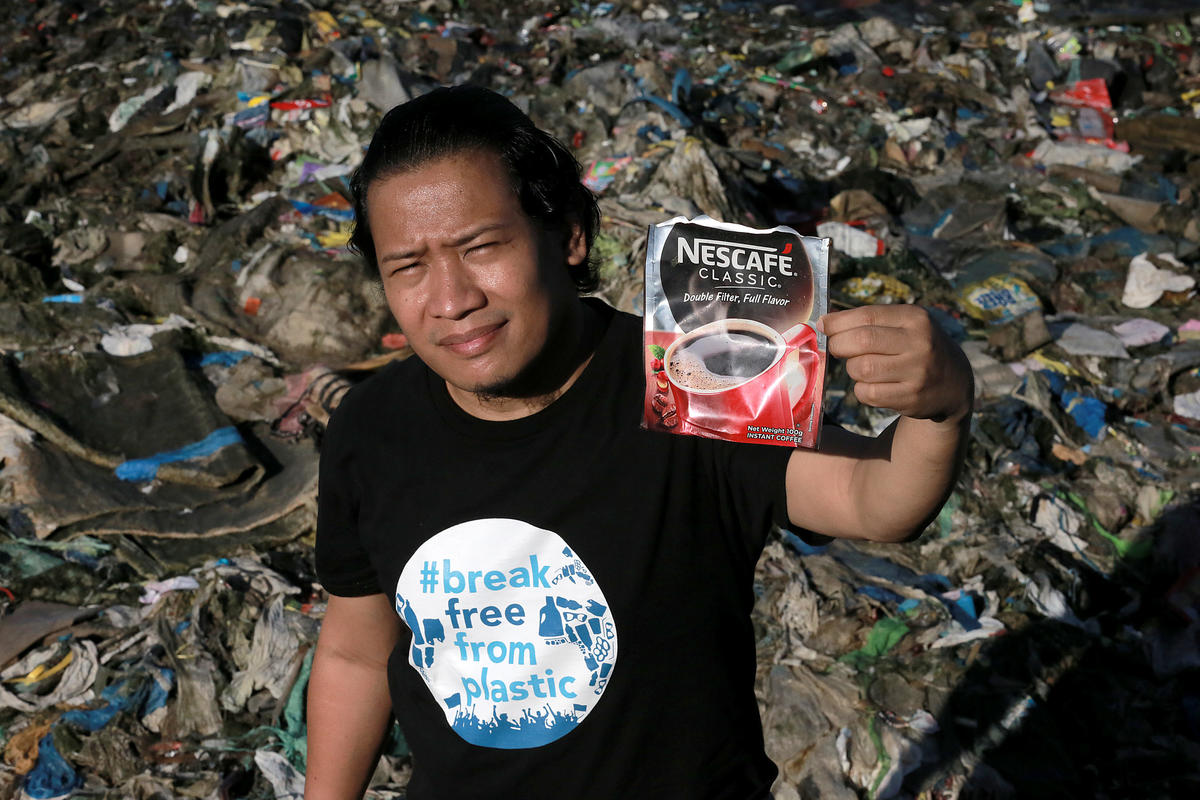
GAIA Philippines Executive Director Froilan Grate shows a discarded pack of a Nestlé product as he stands on a trash-filled shoreline along Manila Bay in Navotas City, Philippines. Nestle was named one of the worst polluters following cleanups and brand audits of plastic waste around the world in 2018. © Greenpeace
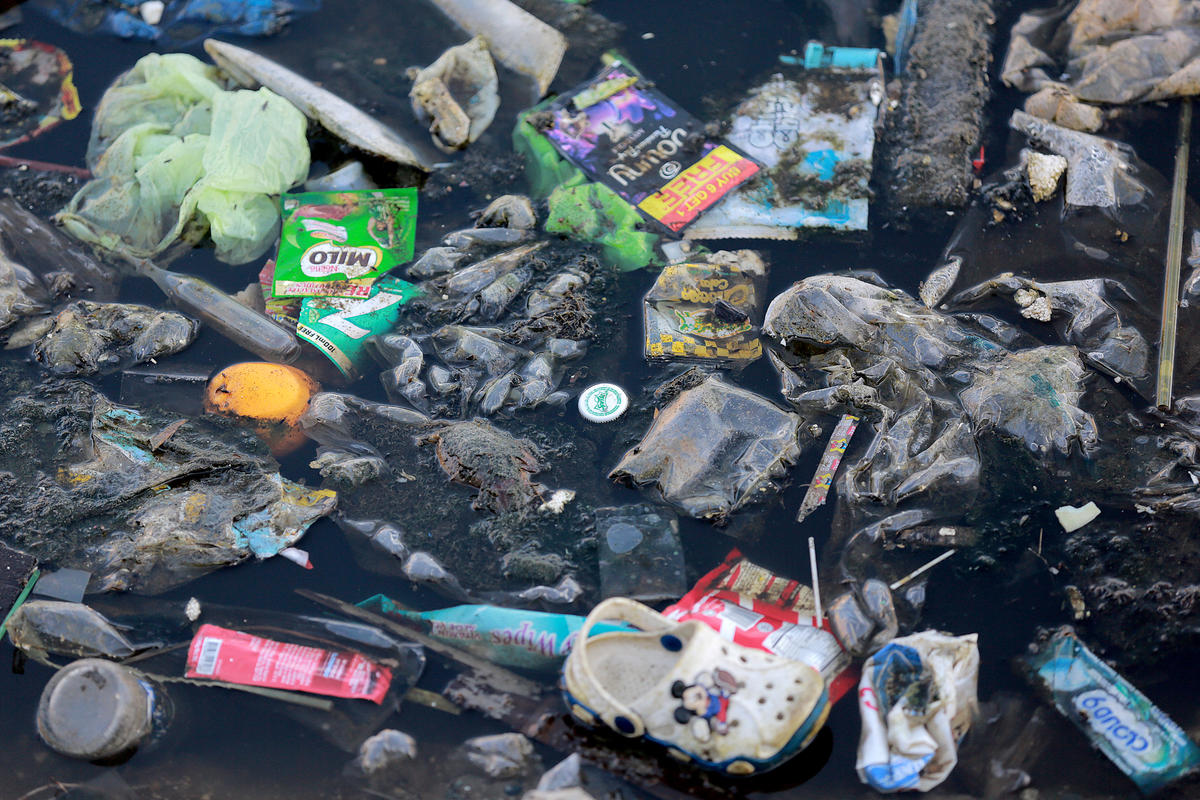
A
trash-filled river in Barangay Bagumbayan North in Navotas City,
Philippines. Much of the waste polluting the region is discarded plastic
packaging from the world’s largest corporations like Nestlé and Unilever. © Rouelle Umali
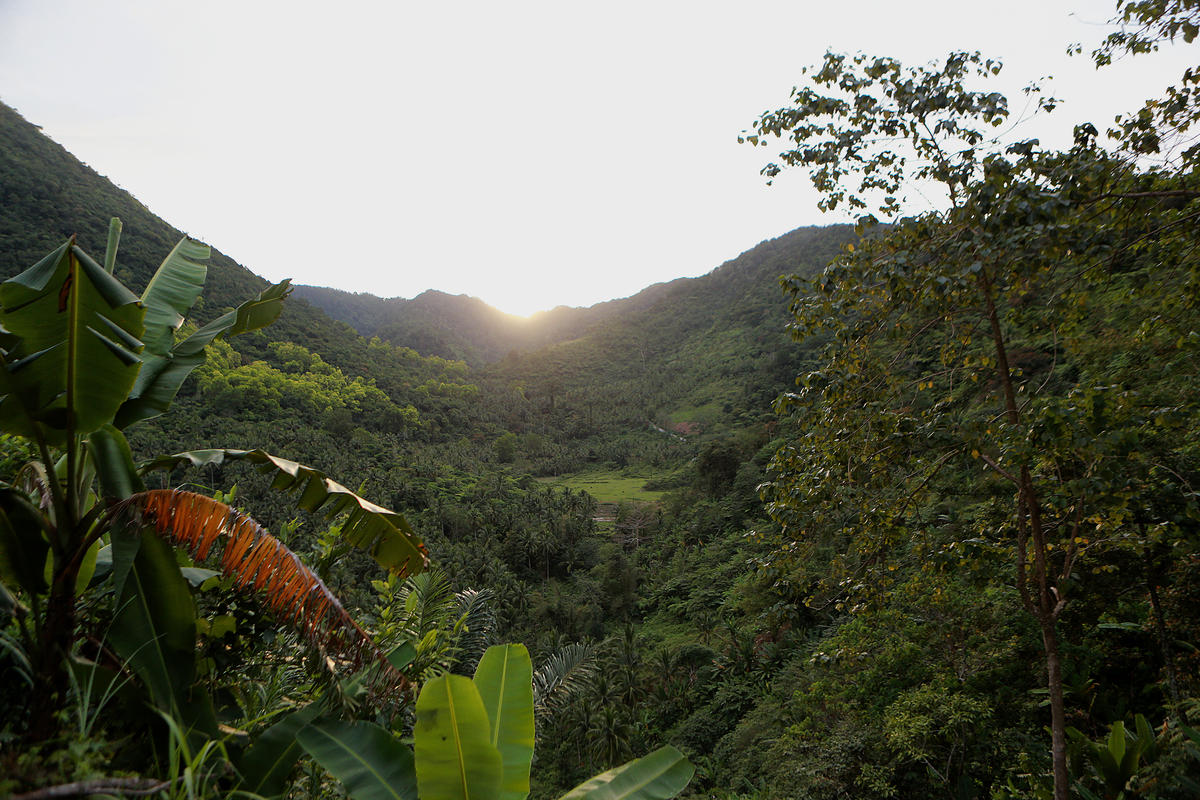
The
sun sets behind the mountains of Dumaguete City, Philippines. The
otherwise beautiful landscape has become a dumping ground for the
world’s plastic pollution. © Anonymous
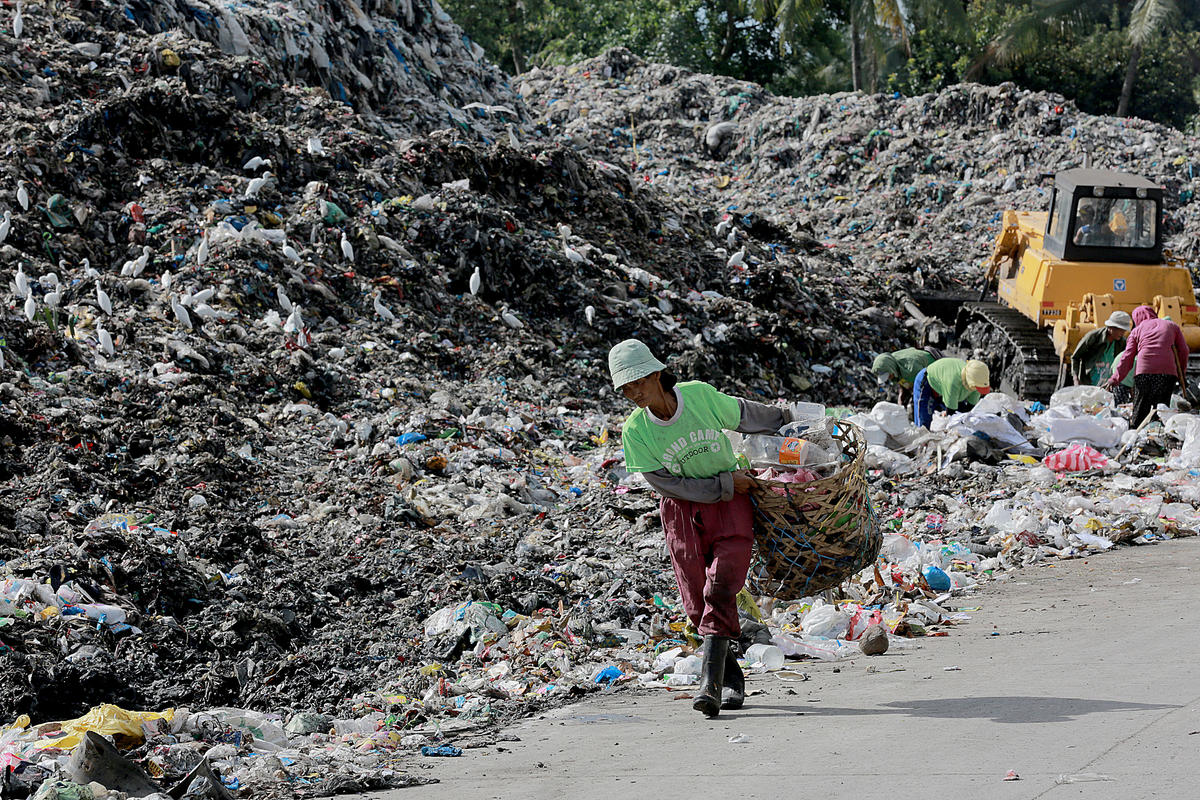
An
elderly female waste picker carries a basket full of trash at a
dumpsite in Dumaguete City, Philippines. Countries in North America and
Europe export plastic waste to various countries in Asia and Africa,
offloading their trash problem to other communities. © Anonymous
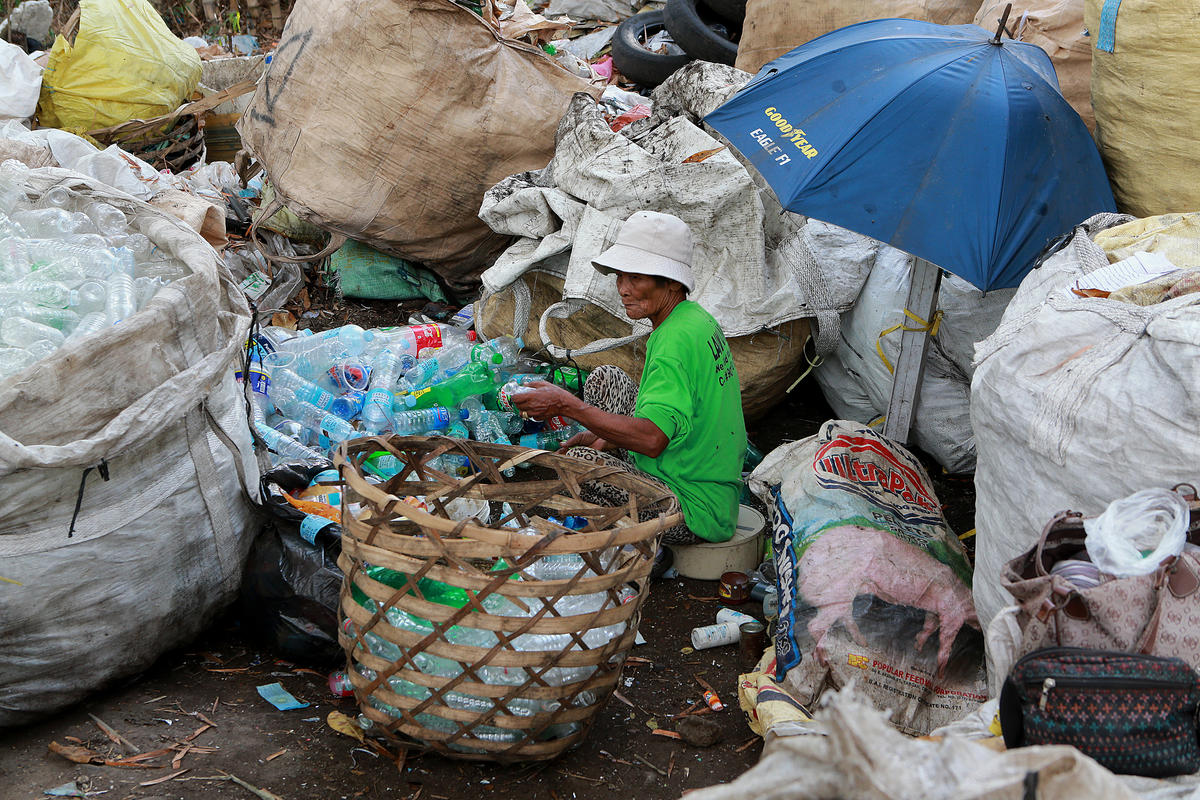
An
elderly waste picker collects plastic bottles through trash at a
dumpsite in Dumaguete City, Philippines. Despite weak promises to
address the plastic pollution crisis, corporations have plans to increase their overall production of plastic. © Anonymous
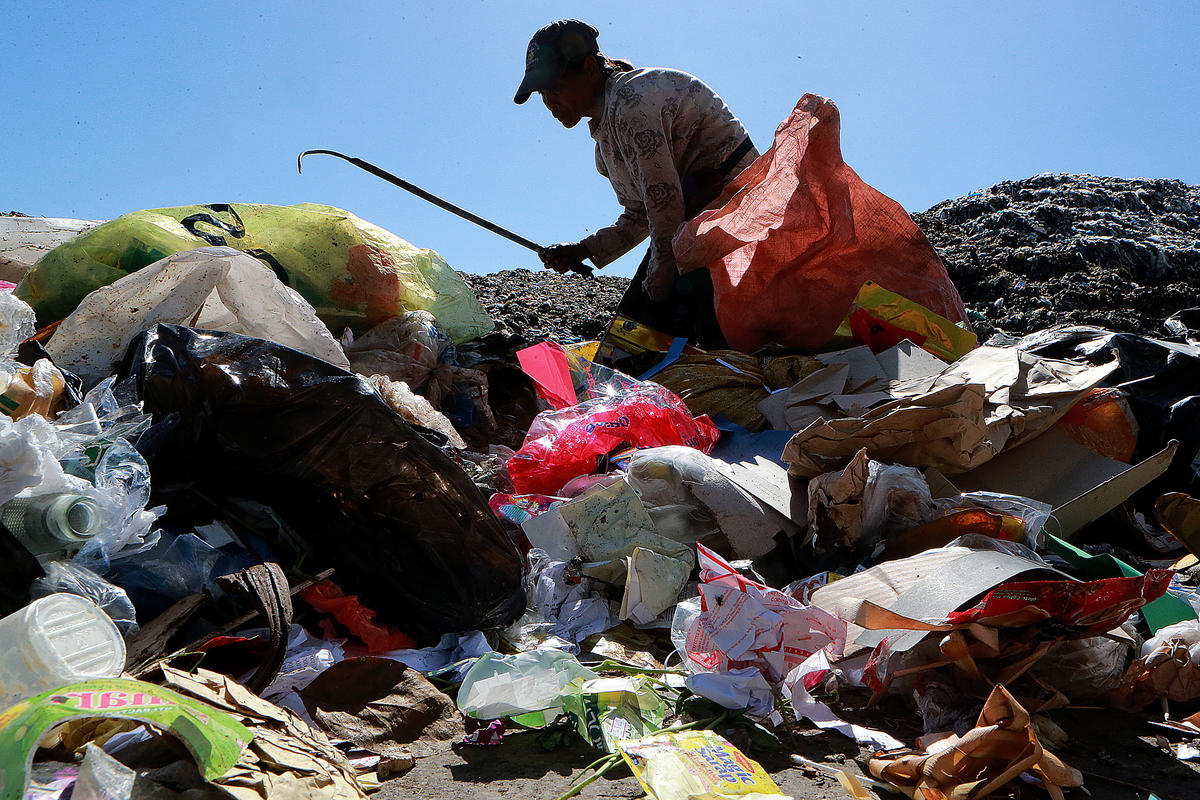
An
elderly female waste picker rummages through trash at a dumpsite in
Dumaguete City, Philippines. Low-income communities face more health
impacts near plastic production sites, have greater exposure to toxins
and waste, and bear the brunt of the impacts of improper plastic
disposal and incineration. © Anonymous
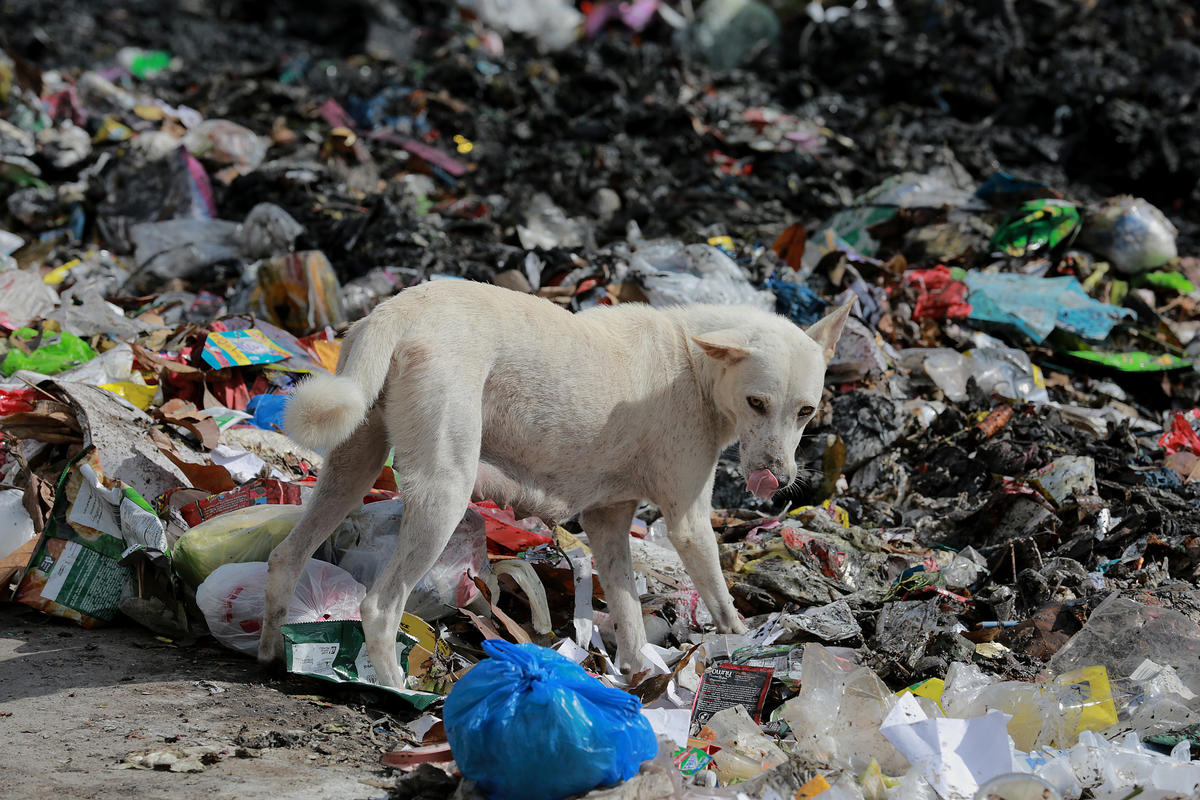
A stray dog rummages through trash at a dumpsite in Dumaguete City, Philippines. © Anonymous
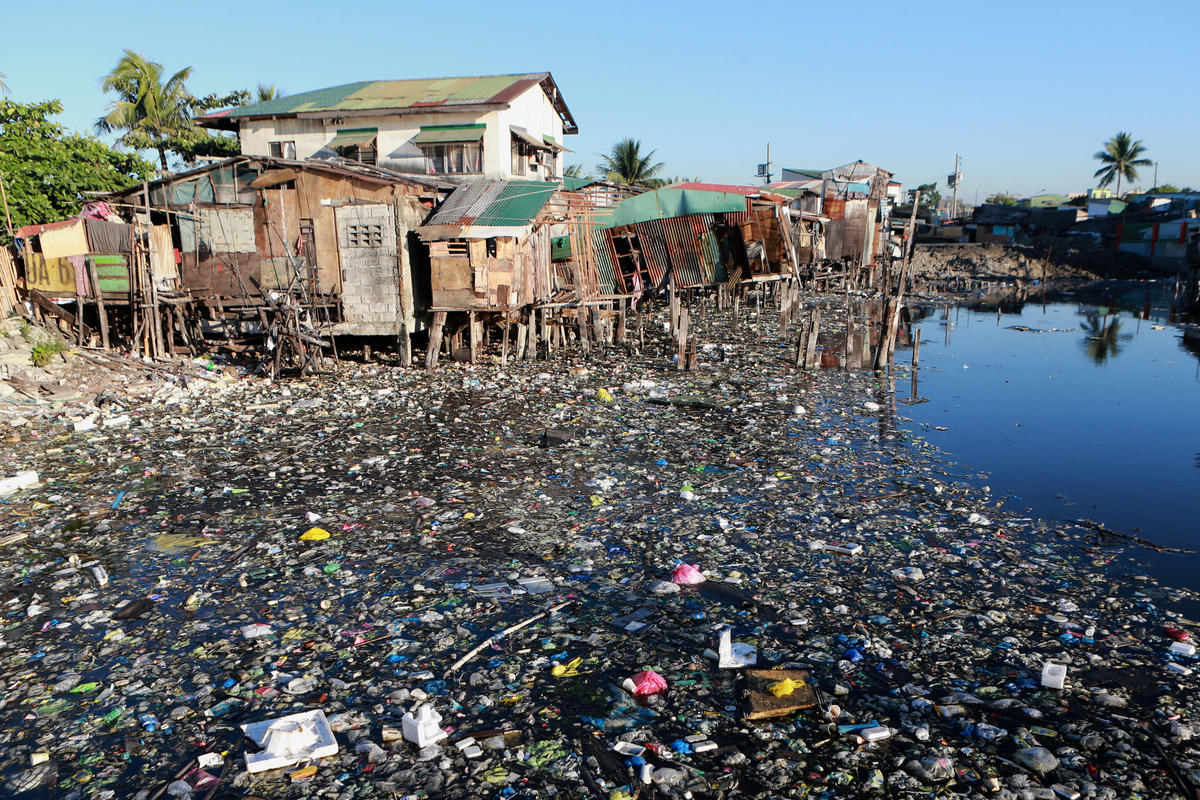
A trash-filled river in Barangay Bagumbayan North in Navotas City, Philippines. People
living along rivers and coastlines in China, Indonesia, the
Philippines, Thailand, and Vietnam are among the most impacted by
plastic pollution. © Greenpeace
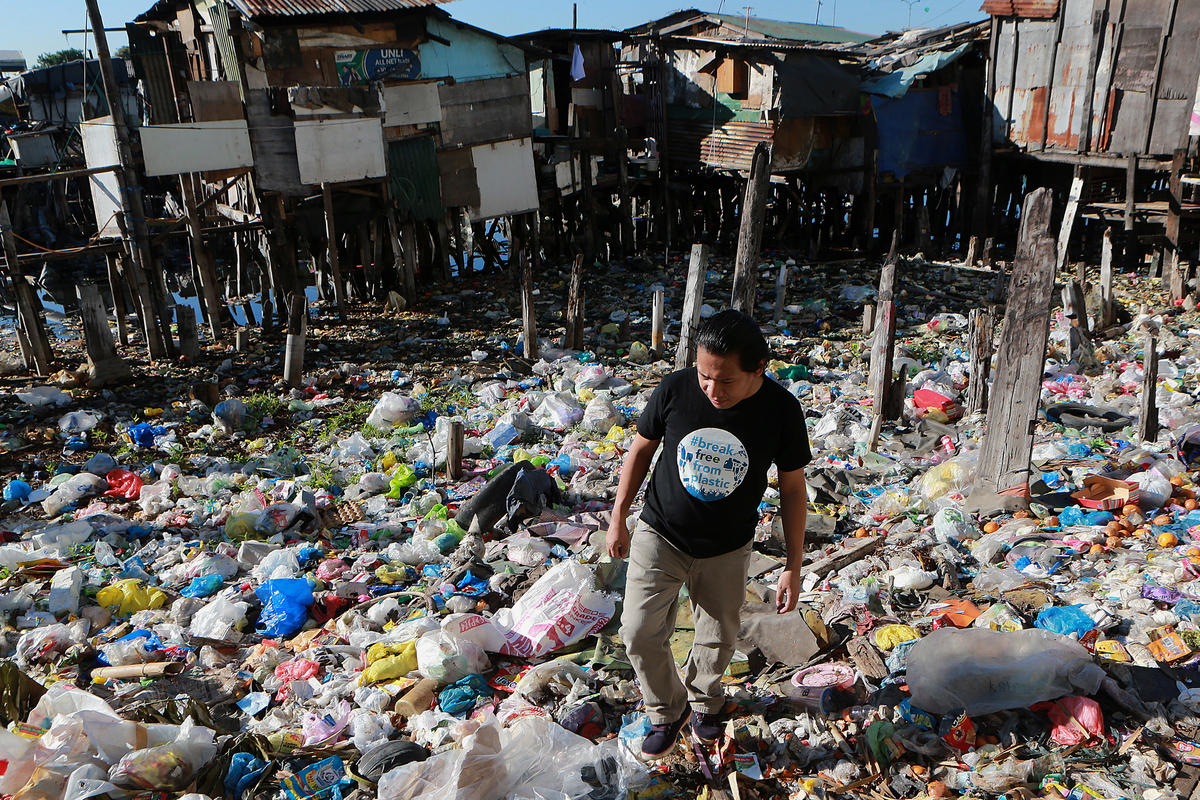
GAIA Philippines Executive Director Froilan Grate
walks on a trash-filled river in Barangay Bagumbayan North in Navotas
City, Philippines. GAIA works to help communities implement Zero Waste
initiatives to help solve the plastic pollution crisis. © Greenpeace
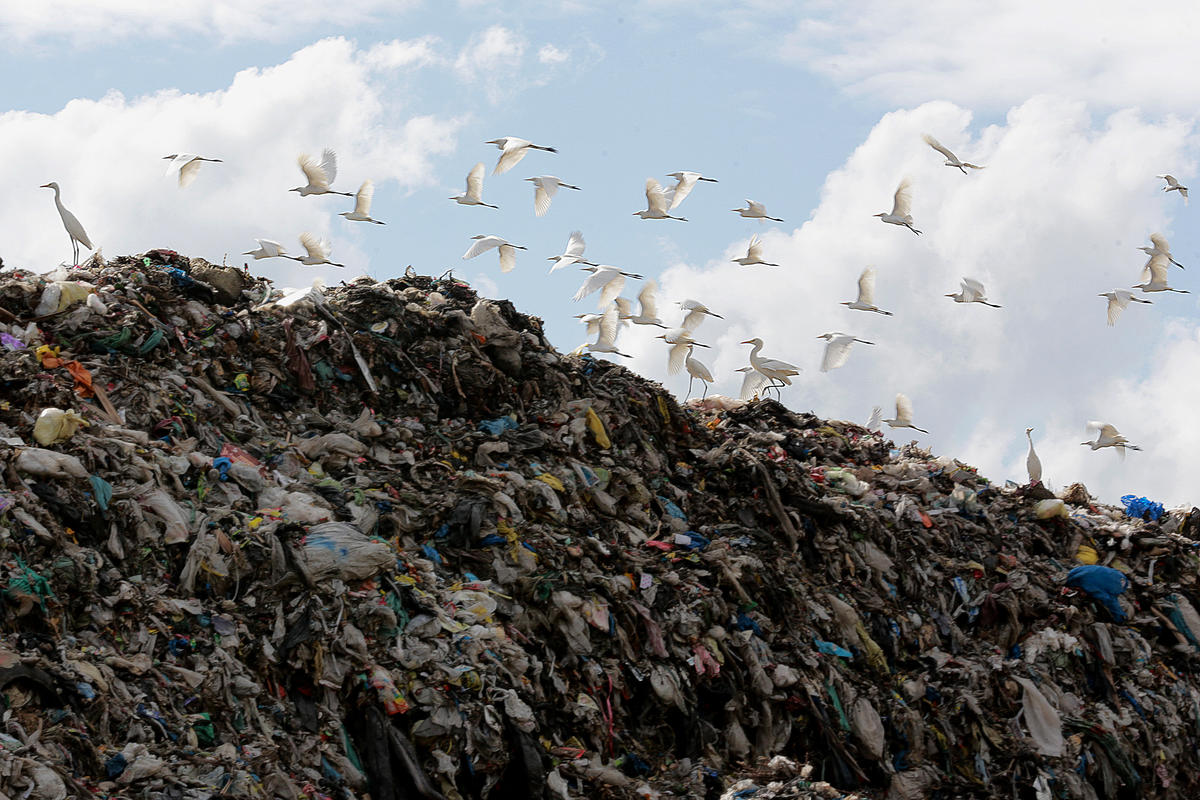
A flock of young egrets fly over the mountain of trash at a dumpsite in Dumaguete City, Philippines. Only 9% of all the plastic produced since 1950 has ever been recycled; most of the rest of it ends up in landfills like this. © Anonymous
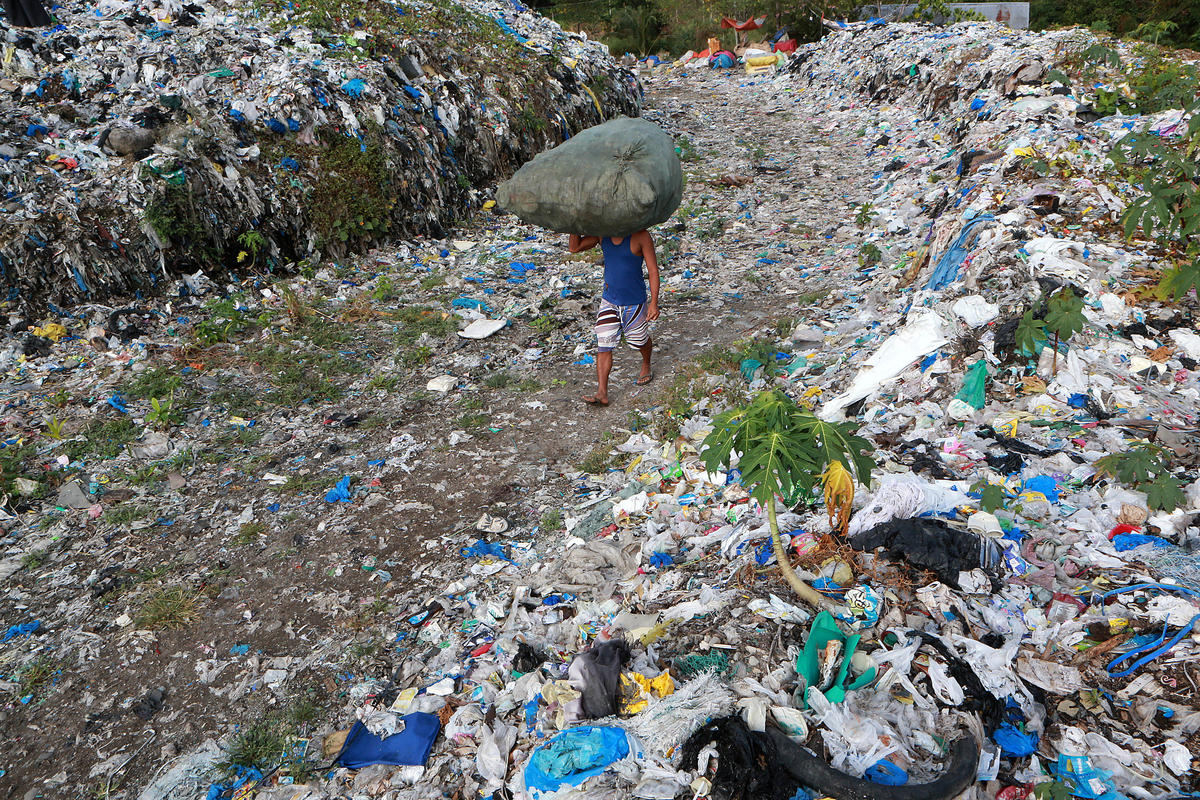
A
man carries a large sack of trash over his head at a dumpsite in
Dumaguete City, Philippines. Even with plastic pollution reaching crisis
levels, plastic producers are set to increase production by an
additional 40% over the next decade. © Anonymous
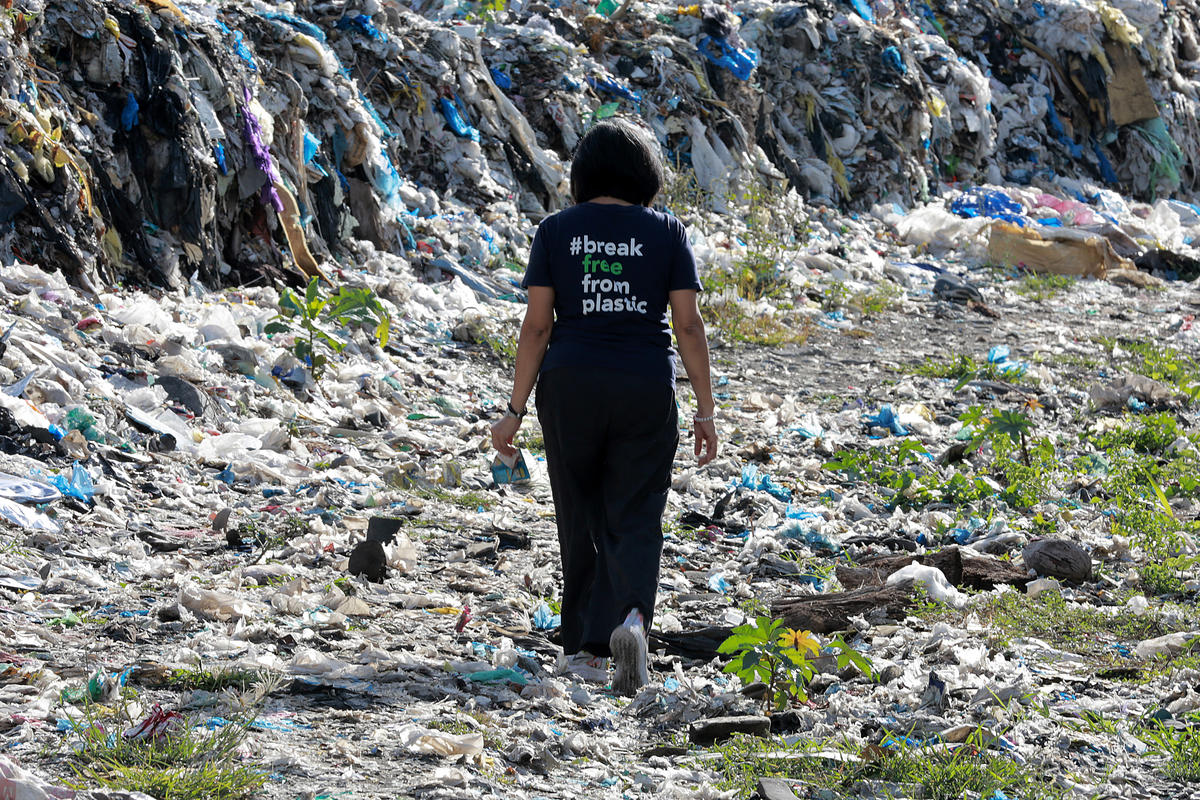
Merci Ferrer walks on a dumpsite in Dumaguete City, Philippines. She is a powerful voice in Break Free From Plastic, a global movement of more than 1,400 organizations working together to stop plastic pollution. © Anonymous
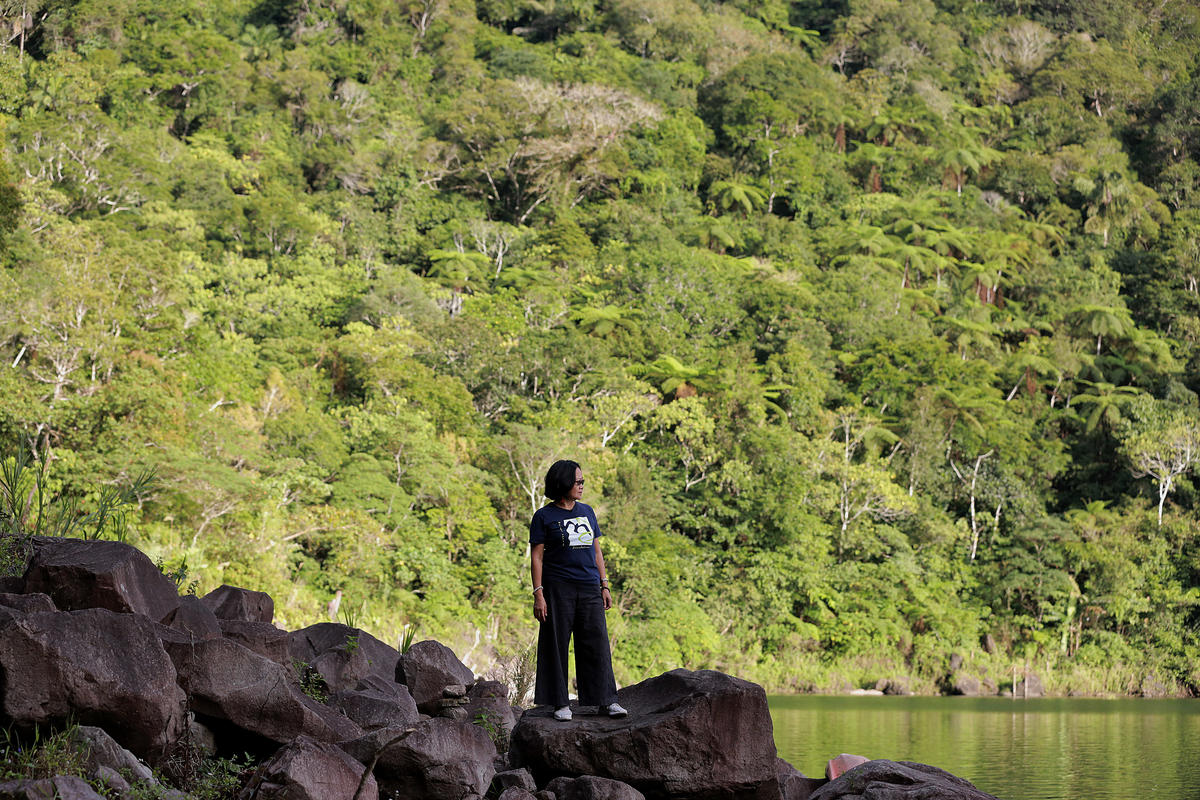
Merci
Ferrer stands on rocks at the Balinsasayao twin lakes in Dumaguete
City, Philippines. Activists like Ferrer are taking a strong stand
against the corporations that are polluting their home countries with
plastic. © Anonymous

No comments:
Post a Comment
Note: Only a member of this blog may post a comment.